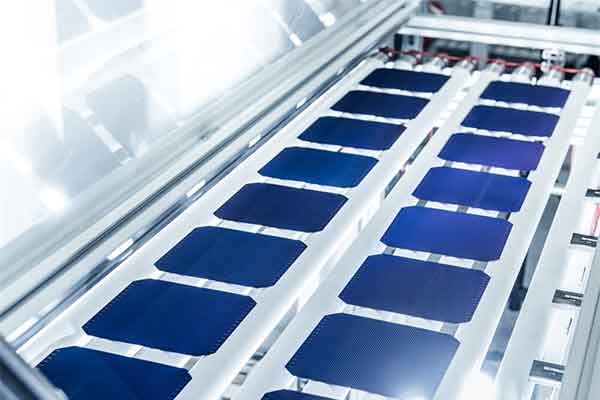- This is said to be the largest community solar project in the National Capital Area.
- SunPower will install photovoltaic solar panels at the Anacostia, Cheverly, Naylor Road and Southern Avenue stations at no cost to Metro.
- Construction is expected to begin early next year.
Washington, D.C. — Washington Metropolitan Area Transit Authority announced it has reached a deal worth up to $50 million over 25 years, with SunPower and Goldman Sachs Renewable Power, to install solar paneled carports or canopies over surface lots and above parking garages at four rail stations. Combined, the four sites will have 12.8 megawatts of electrical capacity, making this the largest community solar project in the National Capital Area and one of the largest in the nation.
Under the agreement, SunPower will install photovoltaic solar panels at the Anacostia, Cheverly, Naylor Road and Southern Avenue stations at no cost to Metro. GSRP will own the solar power system and provide annual payments to Metro through 2047 providing a long-term revenue stream that will support the transit agency’s operations.
“This project benefits residents of our region, even people who don’t ride Metro, by leveraging the potential of our stations to generate revenue and increase the community’s access to a clean, renewable source of energy,” said Metro General Manager/CEO Paul J. Wiedefeld. “This project advances the region’s sustainability goals while generating revenue to help keep Metro safe and affordable in an extremely tight budget environment.”
“We commend Metro for its environmental and sustainable vision and look forward to partnering with them on this significant project that will benefit our nation’s capital and community,” said Tom Werner, SunPower CEO and chairman of the board. “It is an impressive commitment as Metro optimizes its property for renewable energy to deliver long-term benefits, while improving rider comfort and lowering the carbon footprint.”
When complete the stations, located in the District and Prince George’s County, will have 17 acres of photovoltaic solar panels – the equivalent of 13 football fields – and generate enough electricity to power at least 1500 single-family homes. Homes and businesses in Pepco’s DC and Maryland territory will be able to sign up for a share of the clean, renewable energy generated by the project while saving on their utility bill.
“Metro already plays a critical role in providing residents, workers, and visitors with sustainable transportation options, and now, with the addition of this renewable energy source, our region’s public transportation is getting even greener,” said DC Mayor Muriel Bowser. “As DC and our region continue the important work of fighting climate change and building more resilient communities, we applaud Metro for this innovative, win-win initiative that supports an ever-improving system for riders and a healthier planet for all of us.”
“The installation of solar panels at Cheverly, Southern Avenue and Naylor Road Metrorail stations will contribute to lower carbon emissions for the region while creating a new source of power for our communities,” said Prince George’s County Executive Angela Alsobrooks. “This project is another step forward in making our County and region a leader in renewable energy.”
Construction is expected to begin early next year and will also provide Metro customers who park and ride with new shaded parking and protection from the elements.
The project is part of Metro’s sustainability initiatives and Energy Action Plan and will help advance the Clean Energy DC Plan that seeks to cut carbon emissions in half and transition to 100 percent renewable energy by 2032.














Comments